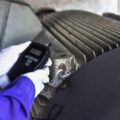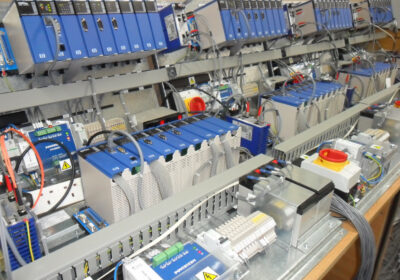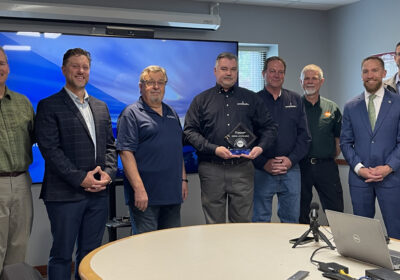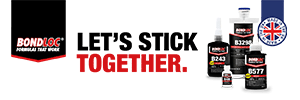~ Improving surgical precision with stepper motors ~
According to UK Biobank data, around four per cent of the UK population has undergone laser vision correction (LVC) since the first procedure in the late 1980s. Over the years, LVC has seen significant advancements in effectiveness, healing times, and safety. Dave Walsha, director of sales and marketing at stepper motor supplier Electro Mechanical Systems (EMS), explores the role of precise laser alignment in modern corrective eye surgeries.
LVC has become one of the most popular elective surgeries, with over 100,000 procedures conducted annually in the UK. It addresses vision problems like short-sightedness (myopia), long-sightedness (hyperopia) and astigmatism and can also treat more severe conditions like diabetic retinopathy and post-cataract complications.
The beginnings of LVC
Since the first LVC procedure in the UK, surgical methods have evolved significantly. Early techniques involved mechanical microkeratomes—surgical instruments with oscillating blades used to create a corneal flap, which was then reshaped with a laser. While effective, this method posed risks such as suboptimal vision from overly thick flaps or mechanical failures like power loss and jamming. These limitations have made microkeratomes less common in modern surgeries.
Femto first
The development of femtosecond lasers revolutionised LVC by enabling more precise and predictable procedures like Femto Laser-Assisted in Situ Keratomileusis (LASIK). These lasers, named for their ultra-short pulse durations, create corneal flaps in just ten seconds per eye, improving patient comfort and reducing recovery times compared to mechanical methods.
More recently, small incision lenticule extraction (SMILE) has emerged as an alternative, particularly for patients with myopia, astigmatism or dry eyes. Unlike LASIK, SMILE eliminates the need for a corneal flap. Instead, the femtosecond laser carves a disc of corneal tissue, which is removed through a small keyhole incision. This reduces the risk of flap-related complications and allows patients to resume physical activities more quickly.

Stepper motor support
Be it Femto LASIK or SMILE, none of the modern methods of laser eye correction would be possible without motor-controlled femtosecond laser alignment. When it comes to moving the prisms, filters and mirrors that allow for precisely defined and rapid pulses, stepper motors are the ideal choice.
Stepper motors differ from other motor types, such as servo motors, in that they can operate with high precision even in an open-loop control system. This means that an encoder is not required, simplifying both the electrical and software configuration required for an accurate drive system. Stepper motors have exceptional stopping accuracy and responsiveness, making them well suited to applications that demand high levels of precision, including LVC microsurgeries where optical components need to be positioned and aligned.
To ensure high motion control performance, there are several things to consider before selecting a stepper motor. In order to function effectively without an encoder, the chosen motor should match the application’s size and rating requirements. You should also think about the application’s required step resolution, power supply and speed profile.

EMS is a leading supplier of FAULHABER Precistep motors, which range from six to 66 millimetres in diameter. Precistep motors can hold their position even when the power supply is turned off, thus avoiding the earlier issue faced by mechanical microkeratome procedures during power loss. Their long service life also means that ophthalmologists needn’t worry about reduced equipment performance or downtime.
With around half of the global population predicted to be myopic by 2050, femtosecond-based laser eye surgery is likely to continue growing and evolving. Precise motion control is essential not only to improve the effectiveness of the procedures, but also to ensure their safety.
To discover the full range of EMS’ motors suitable for medical and healthcare applications, visit the website.








